Category: Images
-
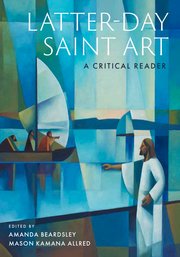
A Review: Latter-day Saint Art: A Critical Reader
Latter-day Saint Art: A Critical Reader is an excellent resource and insightful journey. The book aspires to be “the first expert critical treatment of Mormon visual art”, and it offers a breadth and depth that live up to that ideal. The volume includes twenty-two essays by scholars from various disciplines, perspectives, and backgrounds who offer…
-
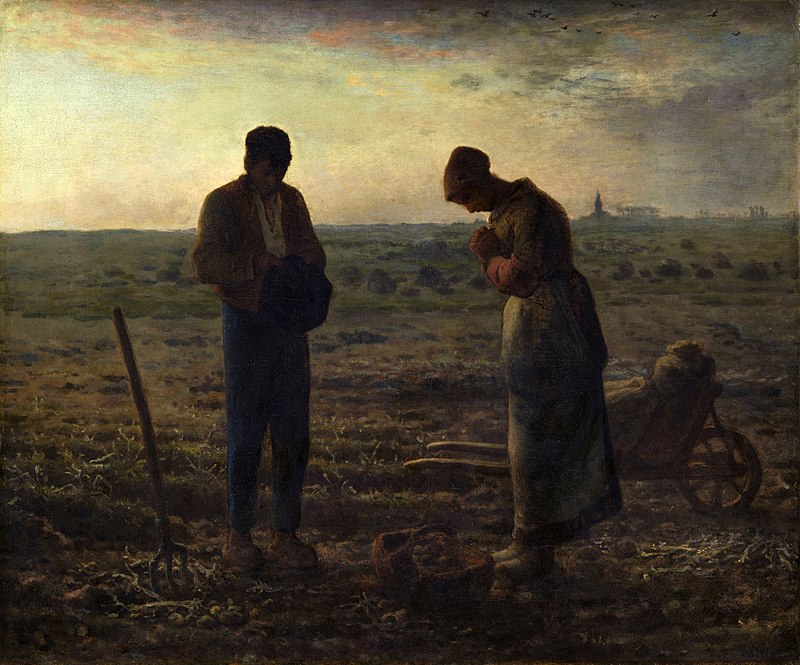
Spiritually Moving Great Art, Part II
A few years ago I wrote a post on spiritually moving great art. Since then I have kept a Google Doc where I keep copies of good art that I find, so I thought it was time for a part II. Don’t worry, this isn’t another excuse to be a shill for the glorious AI…
-
Architectural Influences of Modern Temples
I’ve always had a sort of amateur, passing interest in architecture, and temple architecture in particular. However, I’ve never had enough to
-
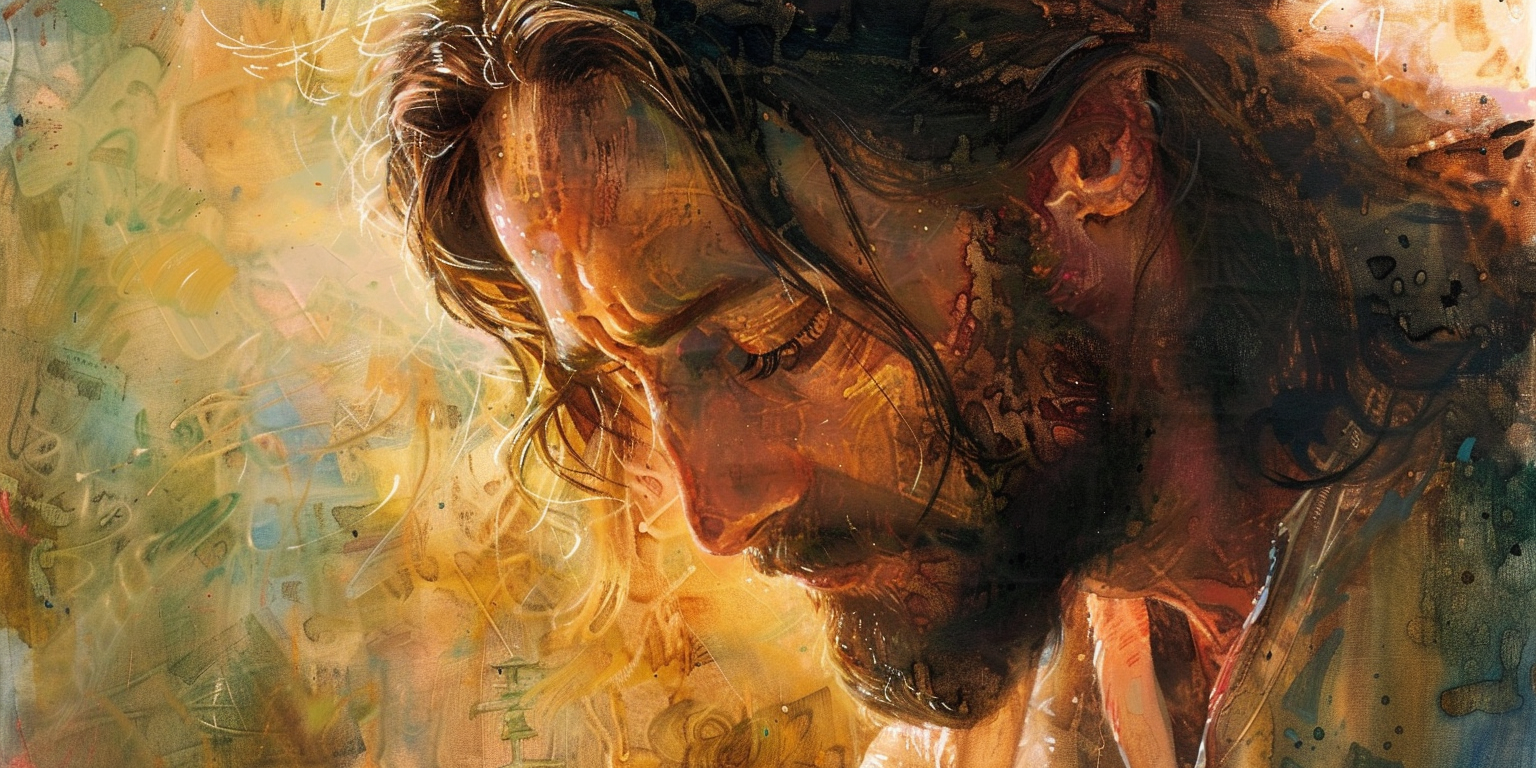
Latter-day Saint AI Art Group
I’m going to take advantage of blogger privilege to announce a Facebook group I’m starting for Latter-day Saint AI artists creating gospel-themed content to coordinate, showcase their work, and collaborate. I follow a number of AI art groups on Facebook that serious artists and graphic designers frequent, and people with an artist’s training and eye,…
-
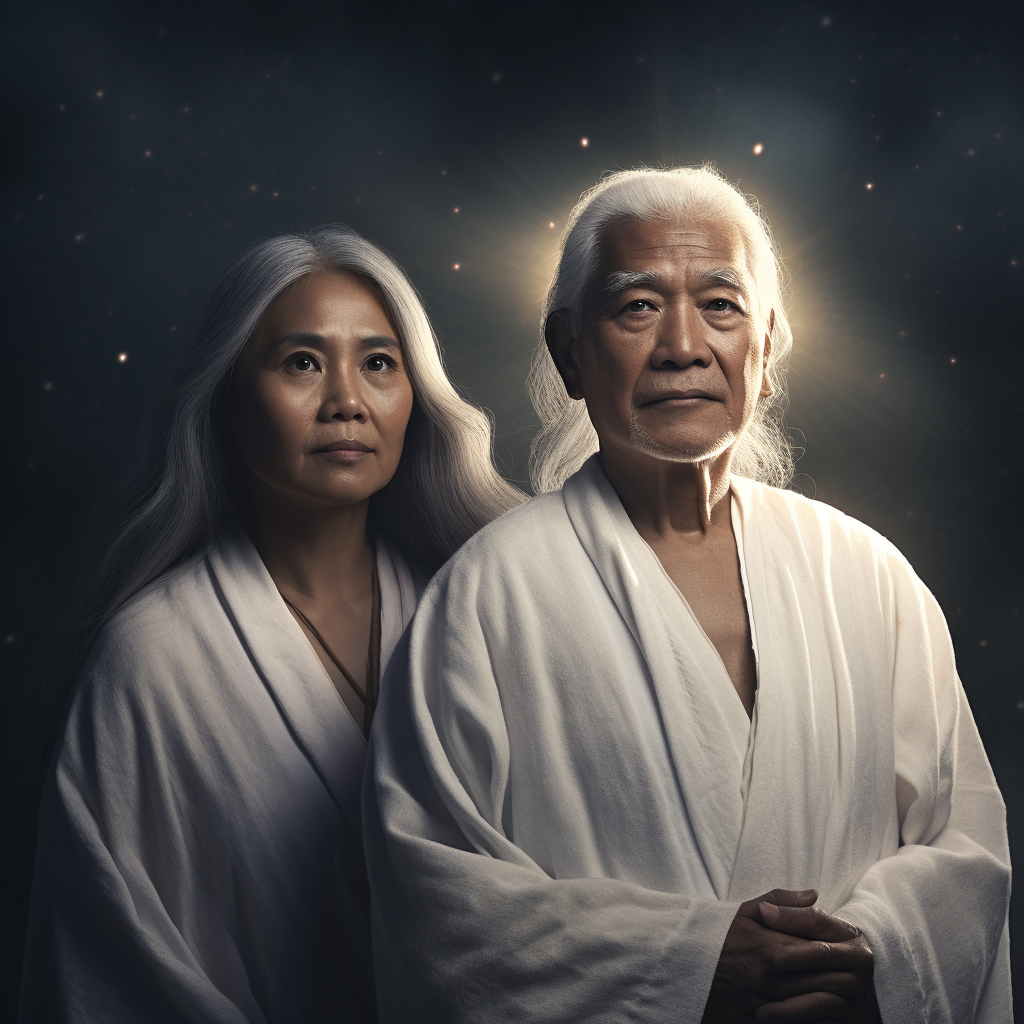
The Race of the Gods
Traditionally artistic depictions convey deity in the ethnicity of the artist and his/her surrounding culture. Consequently, I’m not going to begrudge early Latter-day Saint art’s depiction of a European Heavenly Father any more than I would a Japanese depiction of Amaterasu looking Japanese. However, as a faith becomes more cosmopolitan it becomes all the more…
-
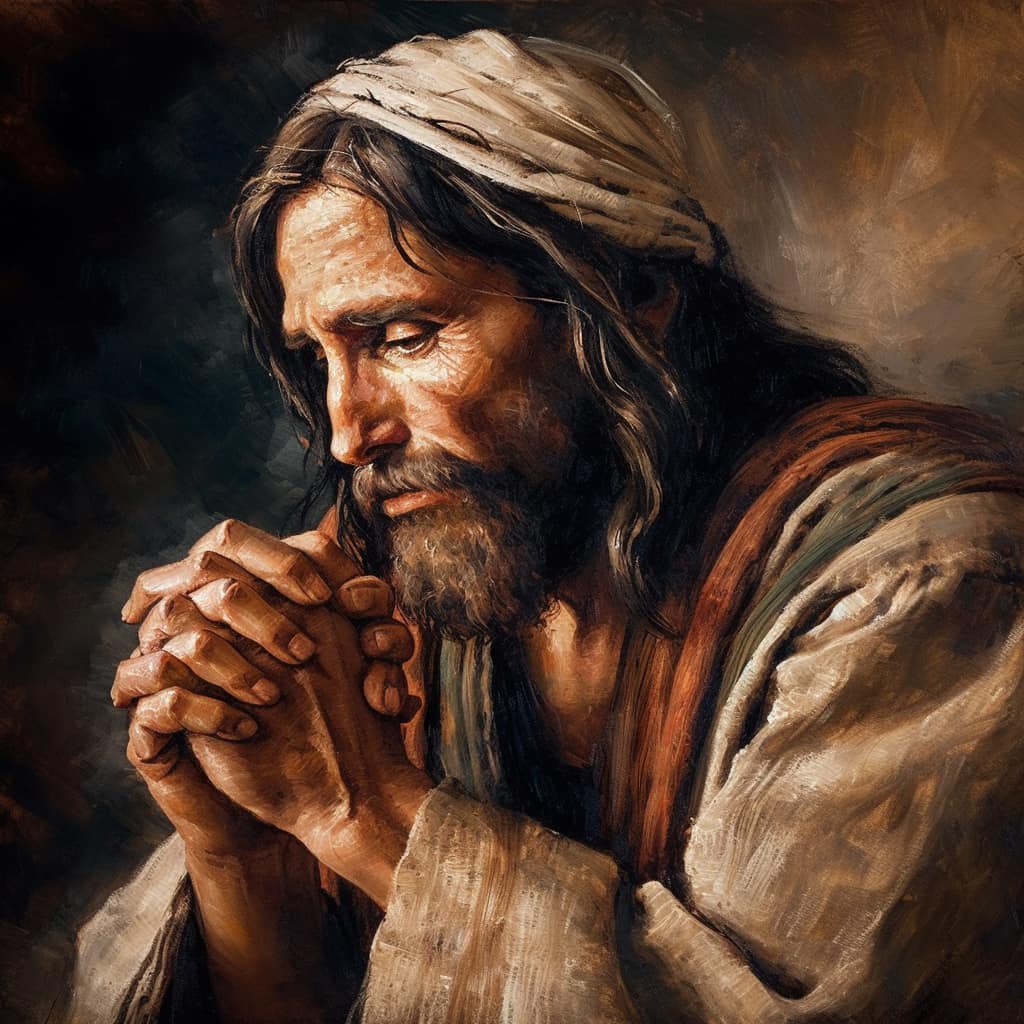
AI Generated Imagery of Repentance, Heavenly Parents, and Moses’ Vision
I haven’t had as much time to produce AI religious art as I would have liked, so this might be it until we get the next version to play around with, but a few insights: AI is actually okay at depicting religious sentiment in art without specific prompts. For example, below is a MJ image…
-

Genesis Chapter 1: Midjourney Edition
Some religious artistic motifs and scenes have been done to death while many have barely been touched. Since text-to-image came online I’ve been cogitating about its possibilities for creating religious artistic imagery at scale for every…single..event in the standard works. However, as I have mentioned before, what we have so far, while great in many…
-
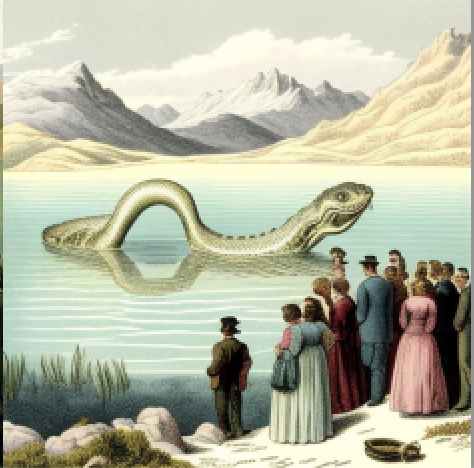
AI Church Art, Part II
A few months ago I presented an initial foray into AI Gospel art. Since then the technology has developed even more; still, I don’t think we’re quite to the point where manual-only artists will be completely out of work, but we are certainly getting there. As far as I can tell, Midjourney appears to be…
-

The First AI Church Art Show
I have grade school offspring that can draw better than me, and because of the accident of God ordained gifts (or lack thereof), I’ve been a little envious of those who are in a position to create meaningful, powerful art. Several posts ago I discussed how art creation is on the precipice of being radically…
-

Of Flags and Symbols of the Church
The state of Utah is looking into creating a new flag. I was interested, so looked into best practices for flag making (vexillology) and found a handy guide from the North American Vexillological Association that suggested five basic principles of flag design: Keep it simple (the flag should be so simple that a child can…
-
Jesus in Recent Latter-day Saint Art
At the Mormon History Association conference this weekend, Anthony Sweat shared a funny story during his presentation on “A White Jesus and a Global Church.” Apparently there were some individuals who were visiting BYU from Saudi Arabia to observe teaching at the institution. During a class that Dr. Sweat was teaching, the Saudis saw a…
-
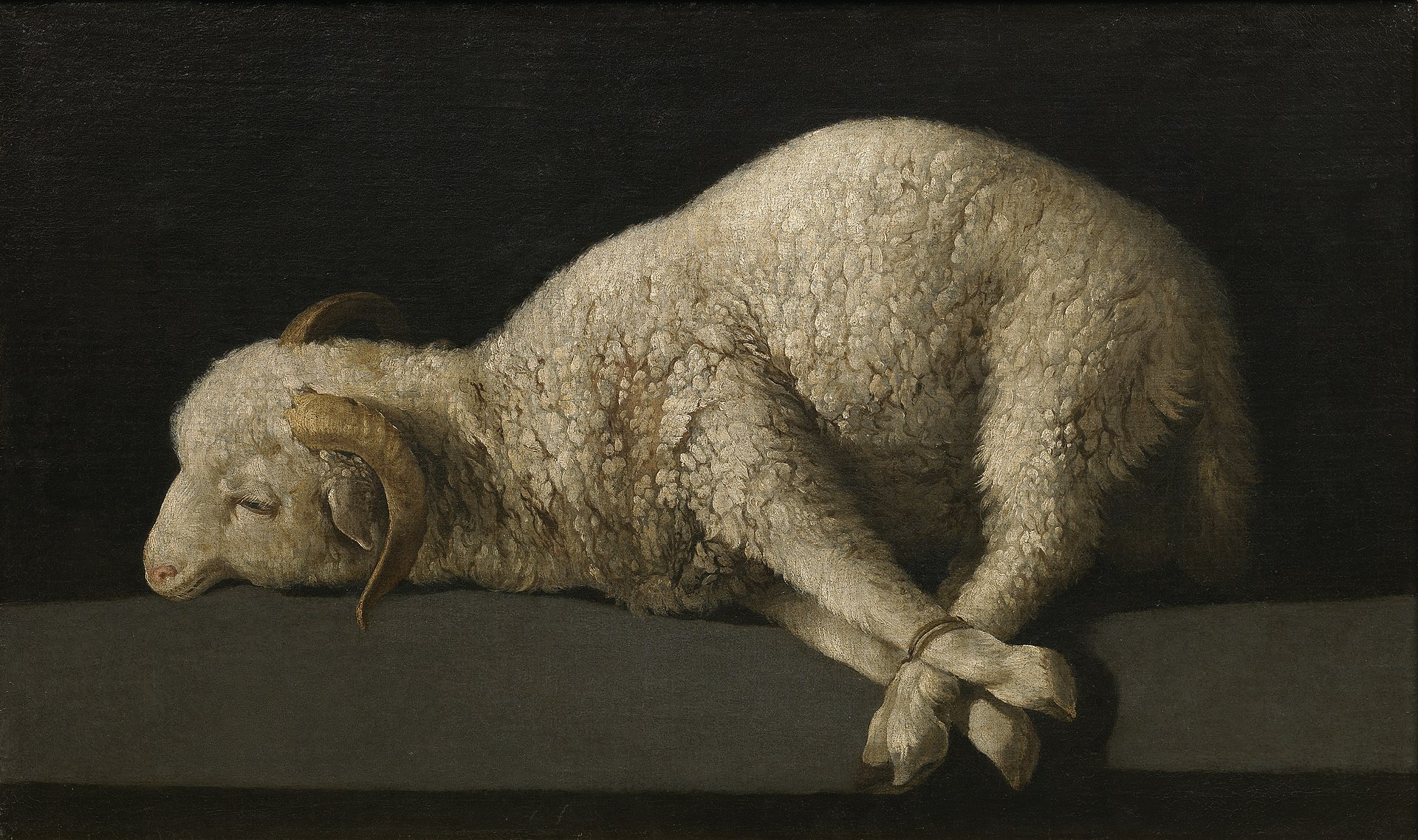
Spiritually Moving “Great Art”
I don’t really get art. I couldn’t tell you whether a painting was done by a renaissance master or the local community college art teacher. While some of this is probably due to sort of an emperor’s new clothes style tastemaking by elites, I’ll concede that some of it may be due to my tastes…
-
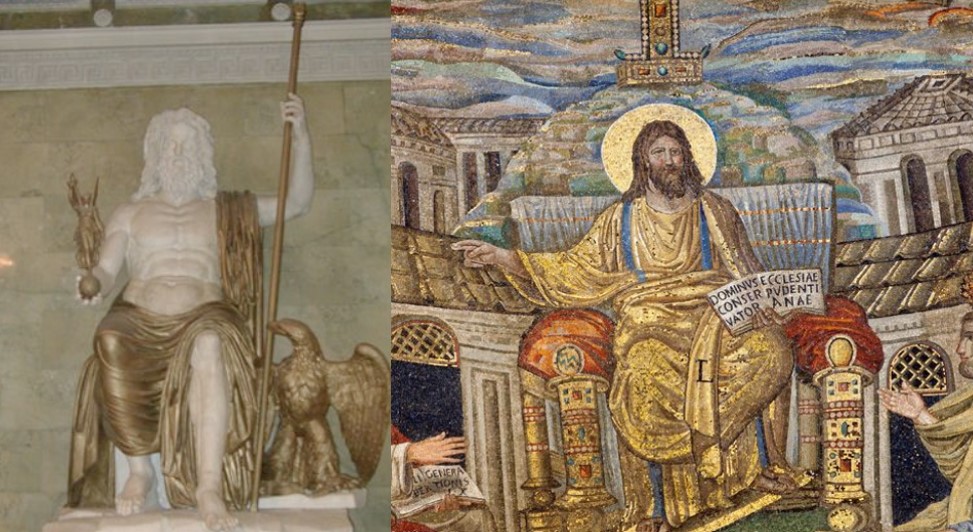
“They saw the Lord”
What does Jesus look like? It’s a question that we can only guess the answer to or speculate about, but one that does come up in a religion that embraces using artistic depictions of members of the Godhead. In general, the scriptures fail to describe his physical appearance in any detail. Joseph Smith documented several…
-
Counterpoint: A Feeling of Loss–On Murals and Temples
I lived a significant portion of my life in Logan, Utah and frequently attended the temple during the time that I lived there. I had a lot of beautiful and sacred experiences while doing so, but I also rarely attended that temple without experiencing some feelings of loss. In the late 1970s, in order to…
-
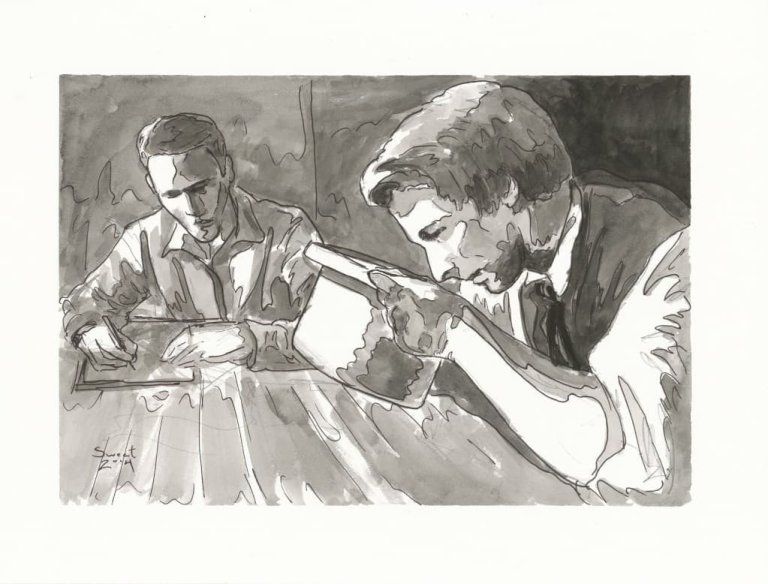
Art and Latter-day Saint History with Anthony Sweat
Some years ago, an institute teacher in a Church history class I attended said with some levity that: “I bear my testimony that Church media is not true.” He said this hyperbolic statement in the context of a class where we talked about Joseph Smith translating the Book of Mormon, and he went on to…
-
Art and Christ in Church Buildings
Yesterday, the Church released new guidelines about the appearance church meetinghouse. The latest in the series of Christocentric reforms during President Nelson’s tenure, the intent of the guidelines is to help “create a feeling of reverence and dignity” in the spaces that “establish the first impression and feelings that individuals receive when entering a meetinghouse.” …
-
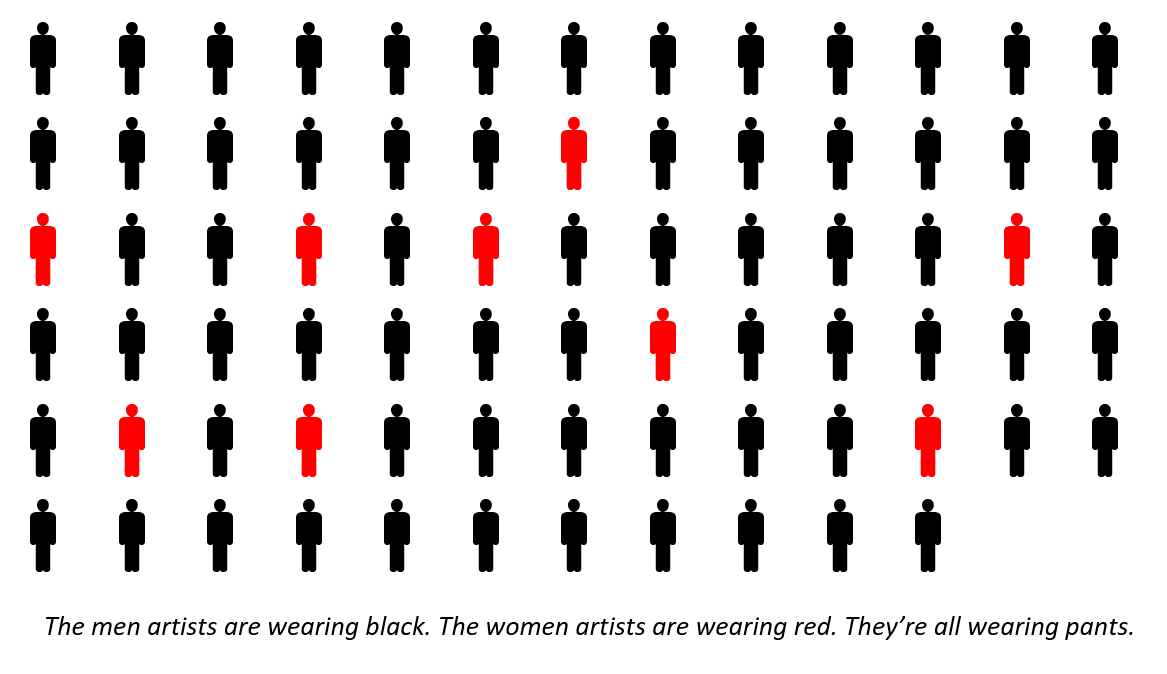
Where are the women artists in the Come, Follow Me manual?
As I started preparing family lessons using the Church of Jesus Christ of Latter-day Saints’s new Come, Follow Me manual, I was struck by the quantity of art. In addition to photos and screenshots from Church-produced videos, the manual includes 78 reproductions of paintings or stained-glass windows. Many lessons – particularly in the first half…
-
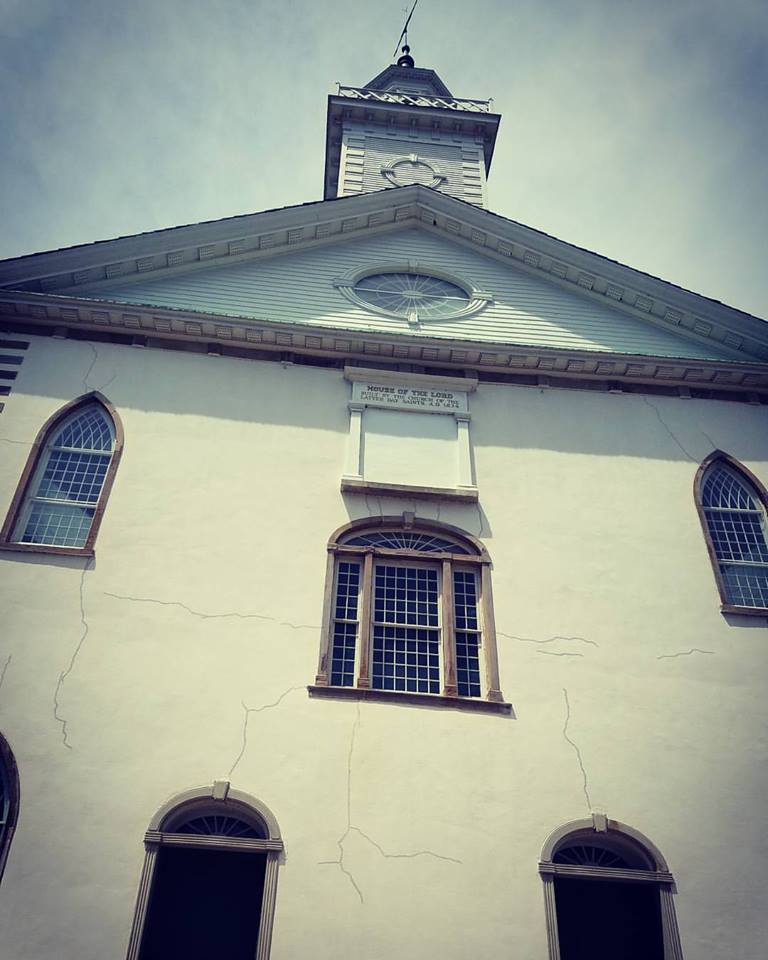
-

A Mormon Image: Communing With the Saints
My loved ones are embarrassed by public breastfeeding, so I retire to the mothers’ room to fulfill the measure of my creation. ~ Bethany West If you have a photograph you would like to submit for consideration in our A Mormon Image series, please see here for our submission requirements.
-
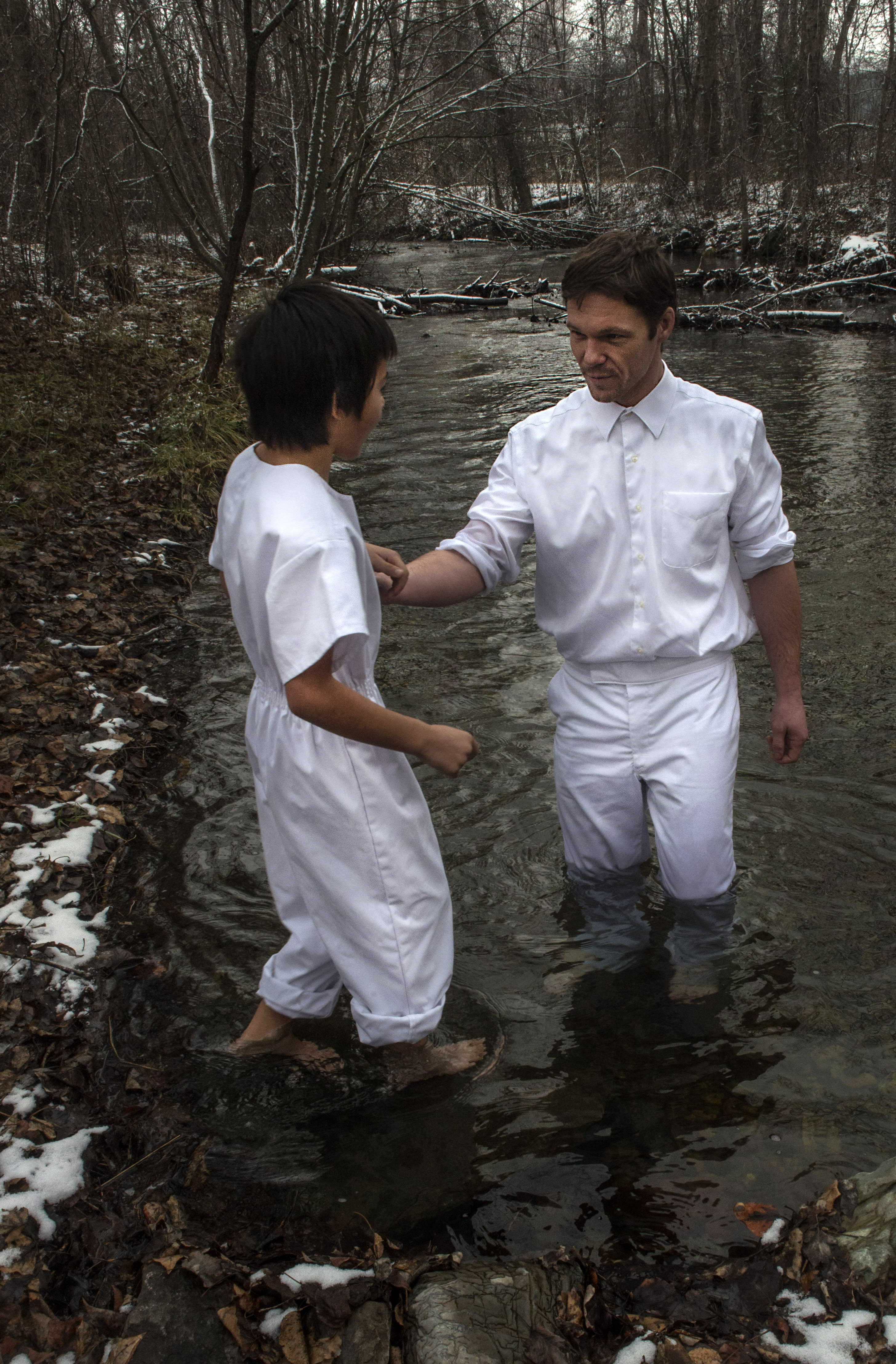
A Mormon Image: Izyek Steps into the Waters
On a cold day in January, Eldon Umphrey helps his son, Izyek, into Mission Creek in western Montana. The creek runs through the family property, and it has become a family tradition to perform baptisms there, even when there’s snow and ice. ~ Michael Umphrey (http://umphrey.net/) If you have a photograph you would like…
-

A Mother Here – New Art and Poetry Contest
There have been LDS art contests in the past, either sponsored by LDS church institutions or by private organizations, but none have yet focused on Heavenly Mother as their theme. That changed this month with the newly announced A Mother Here Art and Poetry Contest. Aiming to stimulate the visual and poetic expression of Heavenly…
-
A Mormon Image: Cemetery in Carrol County
After retirement, my father turned to family history and temple work to fill his time. Most of this work has focused on researching ancestors from Virginia and North Carolina. I took this photo at a cemetery in Carrol County, VA, near the the birthplace of my father’s grandparents. My father is shown in the picture. …
-
A Mormon Image: Brothers
We’ve been teaching our oldest son Peter that he’s a big brother to our younger son Jeremy. When Peter learned that Joseph Smith also had a big brother, he fell in love with the concept. Now whenever we go somewhere church-related, he asks, “Will there be a picture of Joseph and Hyrum?” By Robert Gibbons…
-
A Mormon Image: Hand in Hand on Temple Square
Walking hand in hand with my family on Temple Square in April 2009. Taking our one year old daughter for the first time was very special, and as we walked I looked around to ask someone to take our picture. We were alone. As I looked at our shadows, I thought that was a much…
-
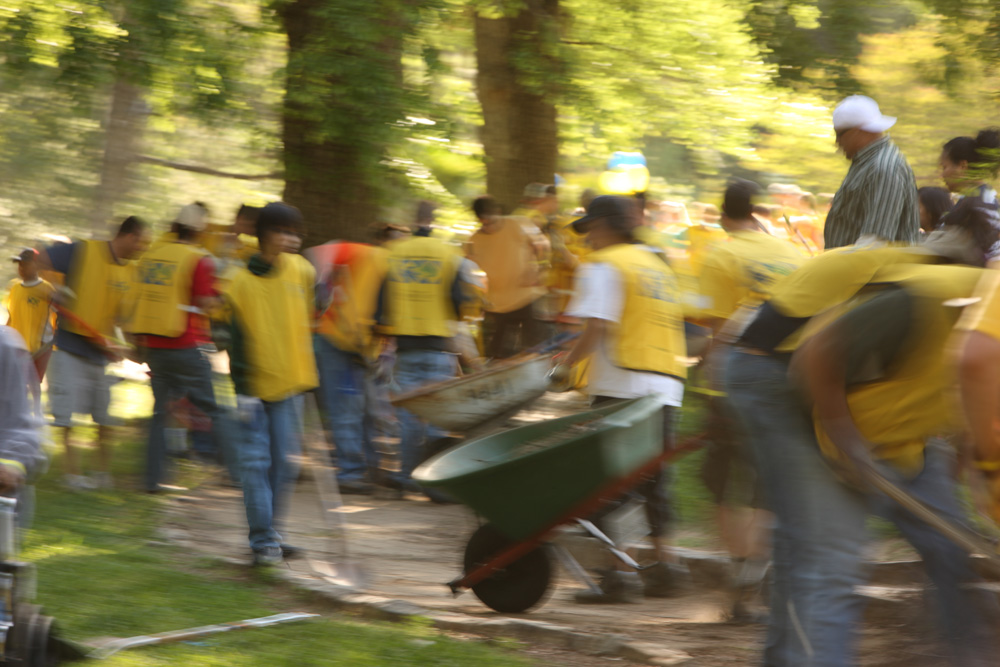
A Mormon Image: Mormon Helping Hands
About 800 Members of the Sacramento California Stake and their friends donated more than 2,000 man-hours at the City of Sacramento’s William Land Park, which has seen its finding cut by 60 percent in recent years and its maintenance staff trimmed from 22 to seven employees. Volunteers focused on numerous work projects, including historic trail…
-
Renewed Call for Photo Submissions
Since instituting the “A Mormon Image” series last fall, our submissions have slowed from a glut to a trickle. As a result, we thought we would issue a new call for photographs to be considered for inclusion in the series. The instructions for submissions can be found here and the images we have featured since…
-
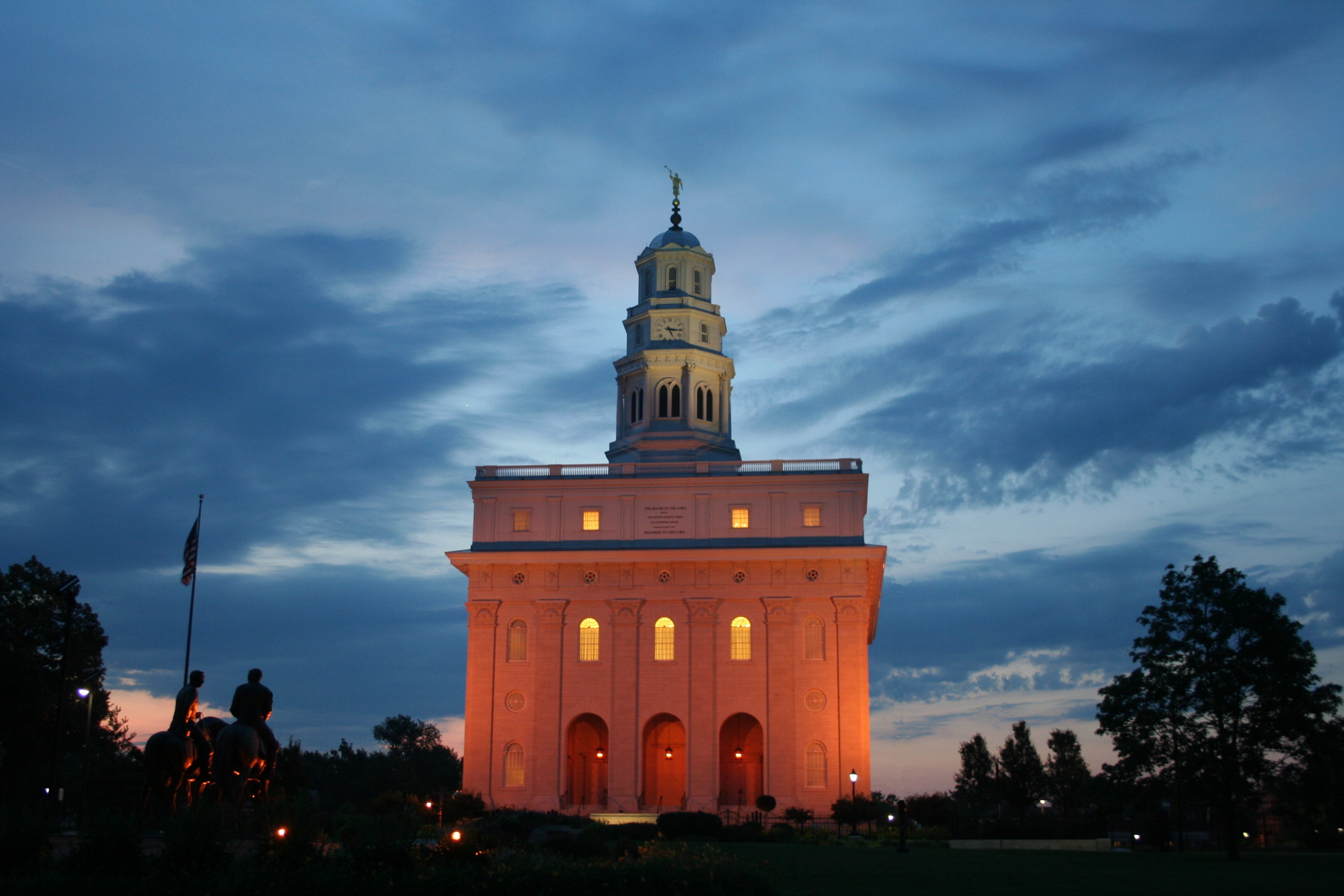
A Mormon Image: Nauvoo Temple at First Light
The Nauvoo Temple at about 4:15 in the morning. I was up watching the equipment for the pageant and saw the Temple at the first early light.
-
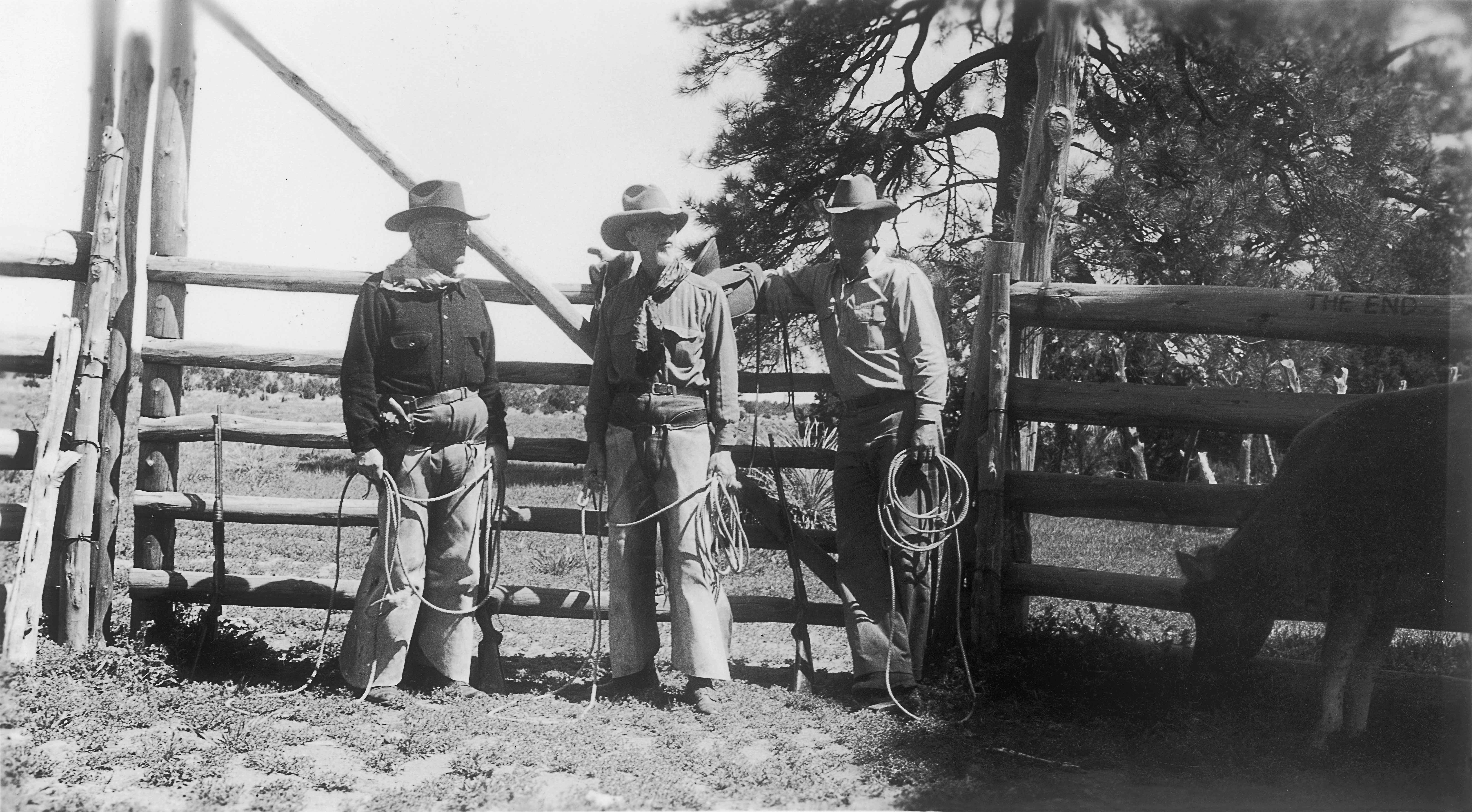
A Mormon Image: Apostle and Cowboy
Elder George Albert Smith at Sundown Ranch in Aripine, Arizona (1941).
-

This Mormon Life
Several weeks ago the NPR program This American Life aired a stunning segment on Gordon Gee, the Latter-day Saint President of Ohio State University, and his daughter Rebecca. The segment revolved around a series of letters Gordon’s late wife Elizabeth wrote to their daughter as she was dying of cancer. Rebecca was 16 at the…

